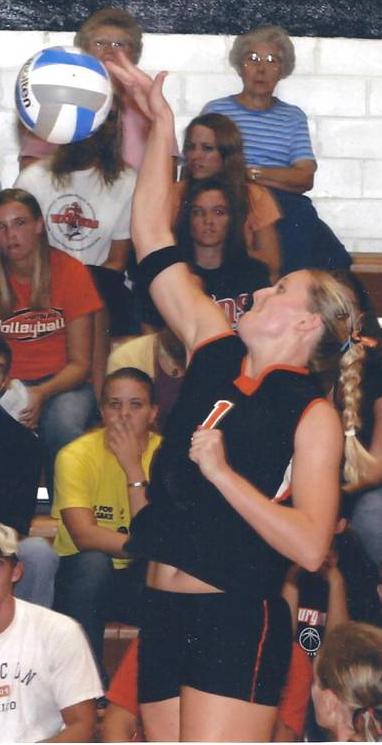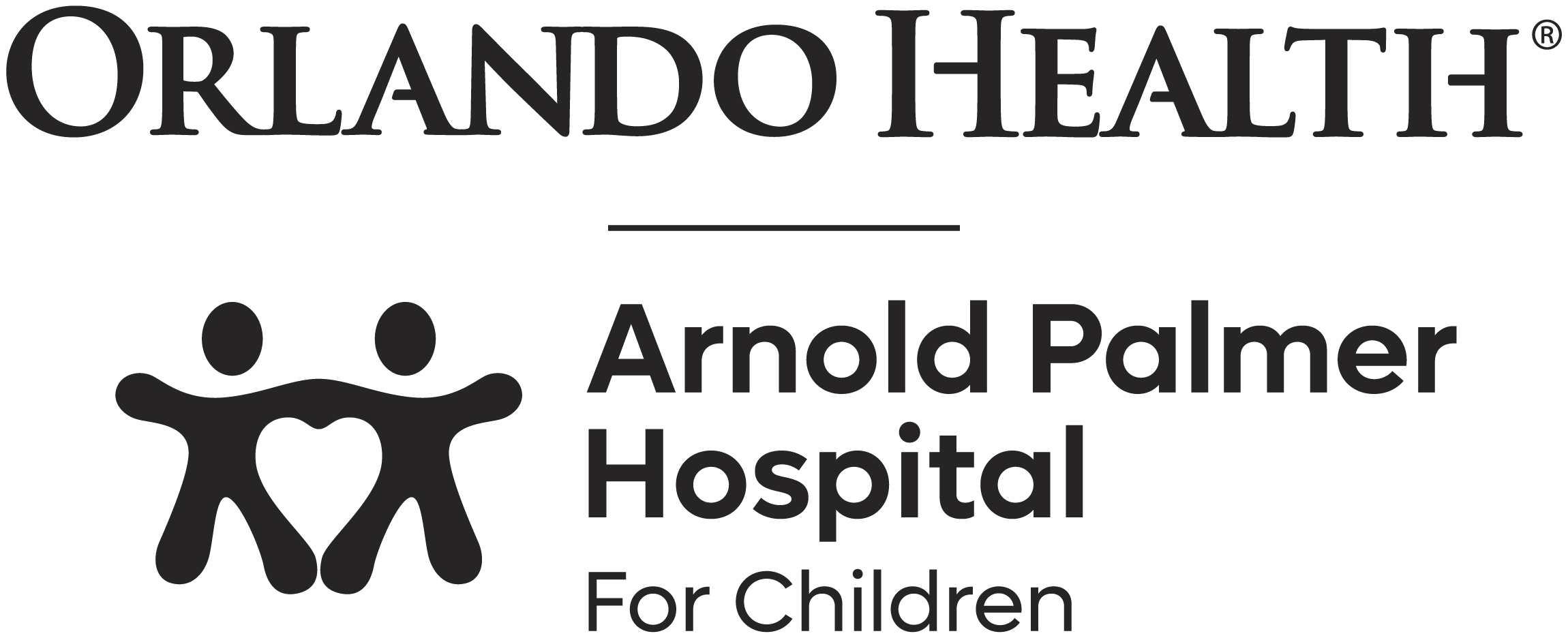Patient Stories
Shelby’s Story
My name is Shelby and I was first diagnosed with Hip Dysplasia when I was 19 years old.
 My story started when I was 14 years old and very active in high-school volleyball, basketball and softball. I was a pitcher on our high school softball team when I first started having pain in my right hip. It started with what felt like a pulled muscle. I went through 2 months of physical therapy, but it never really got better and the pain would come and go.
My story started when I was 14 years old and very active in high-school volleyball, basketball and softball. I was a pitcher on our high school softball team when I first started having pain in my right hip. It started with what felt like a pulled muscle. I went through 2 months of physical therapy, but it never really got better and the pain would come and go.
A year later, the pain was more constant so I went for a follow up with a specialist who did multiple x-rays, CT scans and even watched me pitch. They still couldn’t find a solution. I continued to do physical therapy and was put on anti-inflammatory pills. At this point, tired of doing physical therapy and not getting anywhere, I decided that this was something I would probably have to live with. I went on to finish out my high school athletic career and went on to play volleyball at Wartburg College.
Since I was down to playing only one sport in college; the pain in my right hip subsided until the summer after my first year of college. I was in practice with the team, before the start of my second season, when I came down from a block and pain went through my leg and into my hip socket. I went to the emergency room and I knew something was really wrong.
They performed yet again another x-ray, where they found I had hip dysplasia in both hips, but it was more prominent on my right side. They said the only fix was to have surgery, a Periacetabular Osteotomy (PAO) or a Ganz procedure. Since it was right before the season started I opted to wait until afterwards.
 On December 11, 2003 I had a PAO on my right hip. The surgery took approximately 5 hours and I was in the hospital for 5 days. I had to have 2 blood transfusions during my stay and an x-ray was taken the day after. I had a follow up x-ray a few weeks later to make sure the bone was healing properly; and another follow up 2 months after surgery which confirmed the bone had healed and I could start to put weight on it again.
On December 11, 2003 I had a PAO on my right hip. The surgery took approximately 5 hours and I was in the hospital for 5 days. I had to have 2 blood transfusions during my stay and an x-ray was taken the day after. I had a follow up x-ray a few weeks later to make sure the bone was healing properly; and another follow up 2 months after surgery which confirmed the bone had healed and I could start to put weight on it again.
Four months after the surgery I was able to start running again and eventually started playing volleyball again. I was able to play volleyball the next season which was only eight months after having the corrective surgery. I also had follow up x-rays after one and two years respectively. The x-rays confirmed the screws were still in place and nothing had shifted.
Now, seven years later, I have no pain in my hip socket and able to run and workout like I would like to. The only issue I have seen from the surgery is tightness in the muscles in my right leg.
 I hope that my story might help adults who have been diagnosed with hip dysplasia see that there is another solution to this and it is possible to return to a normal life, pain free!
I hope that my story might help adults who have been diagnosed with hip dysplasia see that there is another solution to this and it is possible to return to a normal life, pain free!
Note from IHDI: We followed up with Shelby 6 years after she sent us her story. Read that interview here: https://hipdysplasia.org/news/latest-news/where-are-they-now-shelby/


